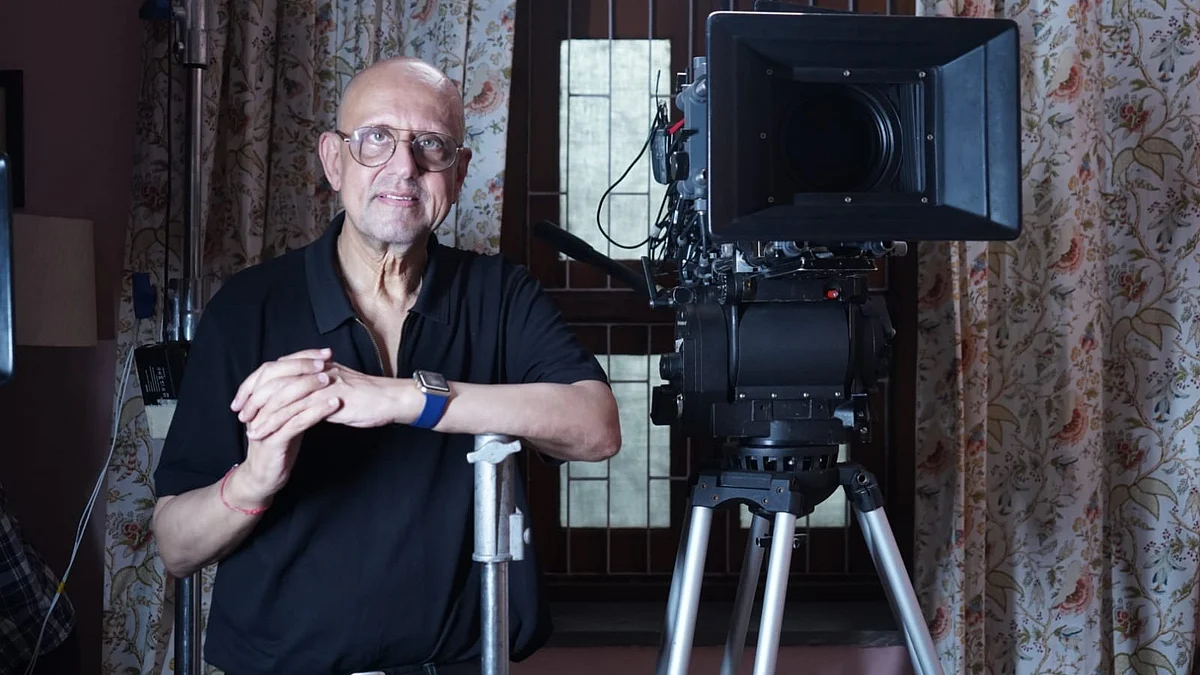China has a topography that includes snow-capped mountains, trees, farms and nature in abundance. If you close your eyes and imagine a Chinese song, you can know exactly how it would sound. As far as I have known, Chinese music has pre-dominantly the sound of Sa, Re, Ga, Pa, Dha and Ṡa – also the notes in Bhopa raag. With music played either on a lulling flute or a stringed instrument, Emperors of the third century dynasties could have easily composed the interpretations of the Hexagram, based upon musical formulae.
Musical ability and intelligence go hand in hand. What with the goddess of knowledge Saraswati Devi gracefully holding the veena and the hero of Indian mythology Lord Krishna playing the flute. If one sees carefully, the Hexagrams almost look like all black keys of the piano, but theoretically, they are almost same as the number of holes in a flute.

The flute & Hexagram
The flute has six holes that play all the notes except the initial ‘Sa’ note or the ‘Doe’ note; because that note is played on the flute with all the fingers closed (lower or kharj Sa), or all the fingers open (higher octave or taar saptak Ṡa). These are the holes covered with six fingers.
The three other holes that the flute has includes the top and bottom hollow and the whistle space near the mouth of the flute. These represent the three coins. The bamboo of the flute represents the yarrow. Both are used for divination.
The humble bamboo is the very grass of China and the pipe, reed or flute music with its stories, lyrics, melodies has a healing, soothing effect. Specific frequencies in music are known to bring about specific changes in the chemical composition of the mind.
The structure of the flute is a yang. When the holes are created, it becomes a yin. There are six yin maximum possible to play with the fingers (lifted up all at the same time) and the little finger holds the flute. Every time any finger is lifted from the yin or the hole on the flute, there is a Hexagram that shows a broken line. So, the music thus produced, is a raag. However, each hexagram is associated with an image, a poem but not a song.

Interpreting Hexagram 9 or Hisiao Ch’u
Let us consider the Union Hexagram 9 which is named Hisiao Ch’u which means The Taming Power of the Small. In this Hexagram only the third line is yin.
Hexagram 9 generally shows dark clouds, no rain and winds keeping them on bay. Traditionally, the Hexagram 9 shows the image of a group of Chinese women working in a field. They are wearing their traditional attire and bent either plucking or sowing paddy. There is a tree in the back drop, a hut and a man working similarly, slightly away from the women. There is a fence and the hut has a clear house number at the entrance. Mountains are visible clearly right behind the hut.
The metaphors presented here tell of the power of the small grain yielding the grain of food for survival, the staple diet of the people. So even the small and seemingly insignificant can have power to restrain and control great forces, but such a delicate matter requires great finesse in handling. Secondly, the timing of the act would be of great significance or else the crops would go waste.
The main message of Hexagram 9 is that great force is held in check by the prevailing powers. Gentle persuasion, good humour and diplomacy are the methods suggested by the I Ching. The situation isn’t hopeless, yet there is evidence of great overwhelming obstacles against oneself. The beginning of a grand and new project is apparent, and success is possible through modest means and use of reason, but there is no direct control over any outcome. The necessity of a strong inner constitution is suggested as there would be negative forces where the outside world would remain unaffected by the subject’s intense efforts to move ahead. Mostly negative responses by associates are indicated.
The I Ching suggests that rather than wasted efforts to change the outside, focus within. Thus, if association with others proves futile, one can enjoy one’s own company in silent moments all by oneself.
Modern application
It is not new to associate I Ching with religious stories. Towards the end of the 17th Century when St Francis Xavier and the Jesuits had spent almost two millennia in China and were on the move out, the missionaries working in China decoded the text in such a way that they could use it as an argument to prove the universal truth of Christianity. The Jesuits influenced German philosopher and mathematician, Gottfried Wilhelm Leibniz, who created the binary code that is used in every modern computer today.
If interpreted with reference to Indic mythology, the little Gopala uses his little finger to lift Gowardhan parwat to shield his family, villagers and animals from the fury of nature. The “Murli” of the Brahmakumaris too adopts a similar methodology to gain a universal experience through mundane.
Hexagram 9 line wise interpretation

Line 1: Shows how the subject is pursuing his own course. It is fortunate.
Line 2: Represents the subject returning to his own path. There is no indication of error, which is auspicious.
Line 3: Indicates disorder in (man, woman) relationship. There is evidence of disorder and lesser restraint.
Line 4: Is magnetic in nature and measures up to your level of sincerity and truth equating it with your ability to avoid terrible (bloody) deeds. Blame is accordingly avoided as are errors with confidence.
Line 5: Indicates using resources and sincerity to gain neighbour’s confidence. The association increases self-confidence without any regret.
Line 6: Indicates progress has stayed. Restraint of the highest is expected-even at a cost, the virtue of humble service is exalted, and evil indicated if restraint is lost.
(The writer is a Reiki & Naturopathy practitioner)











